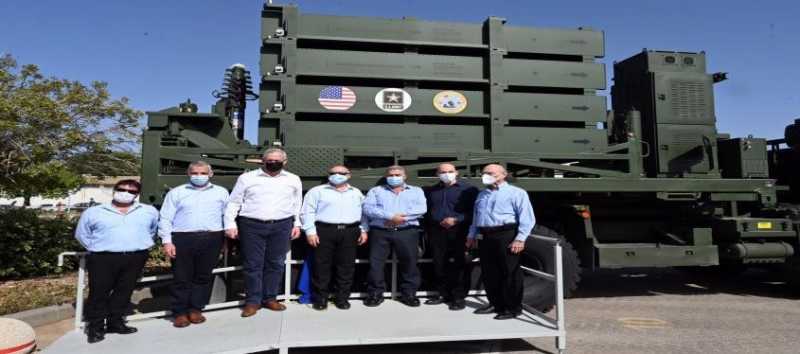
The Copernicus Sentinel-6B Earth-observation satellite has successfully been launched from the U.S. Vandenberg Space Force Base (VSFB), California, by a Falcon 9 vehicle operated by SpaceX.
Thales Alenia Space, the joint venture between Thales (67%) and Leonardo (33%), supplied the Poseidon-4 radar altimeter and the S-band TT&C (1 )transponders for Sentinel-6B, built by Airbus Defence and Space as prime contractor for the European Space Agency (ESA). The Sentinel-6 mission is part of Copernicus, the Earth-observation component of the European Union’s Space Programme, and the result of a unique collaboration between the European Commission, ESA, Eumetsat, NASA and NOAA, with support from the French space agency CNES.
For one year, Sentinel-6B will orbit in tandem with Sentinel-6 Michael Freilich, launched in November 2020, to calibrate the two missions before taking over from its predecessor. This gold-standard radar altimetry mission will ensure continuity of sea level data through to at least 2030.
“I’m delighted to see this successful launch of the Sentinel-6B satellite, which will ensure continuity of high-precision ocean topography data vital for surveying climate change and protecting coastal communities,” said Hervé Derrey, President and CEO of Thales Alenia Space. “Thales Alenia Space’s teams, who have been instrumental in the success of satellite altimetry missions from the outset, can be proud of this latest achievement reflecting the excellent international collaboration in space oceanography.”
With a launch mass of around 1.2 metric tons, Sentinel-6B will operate in low Earth orbit at an altitude of 1,336 km and has a design life of 7 years.






